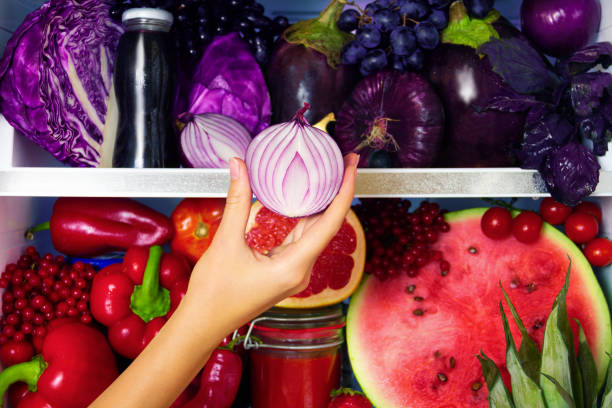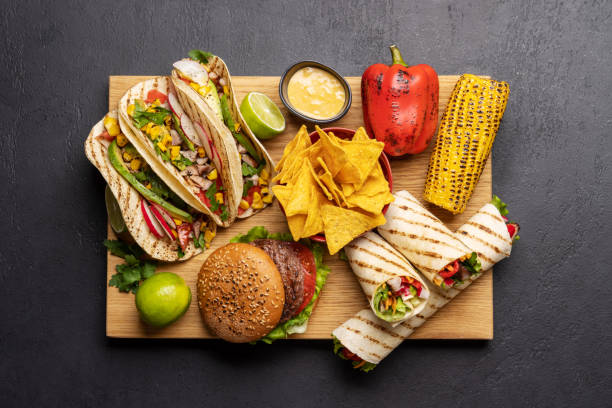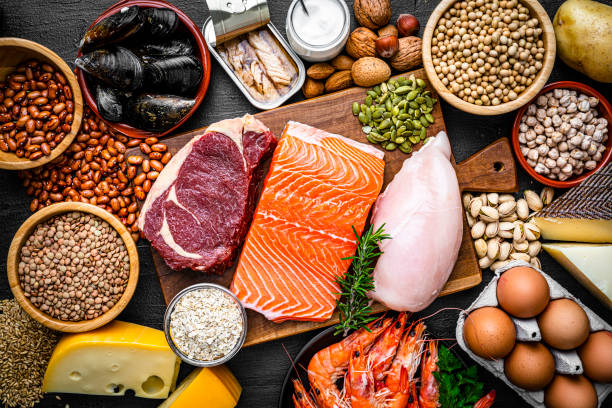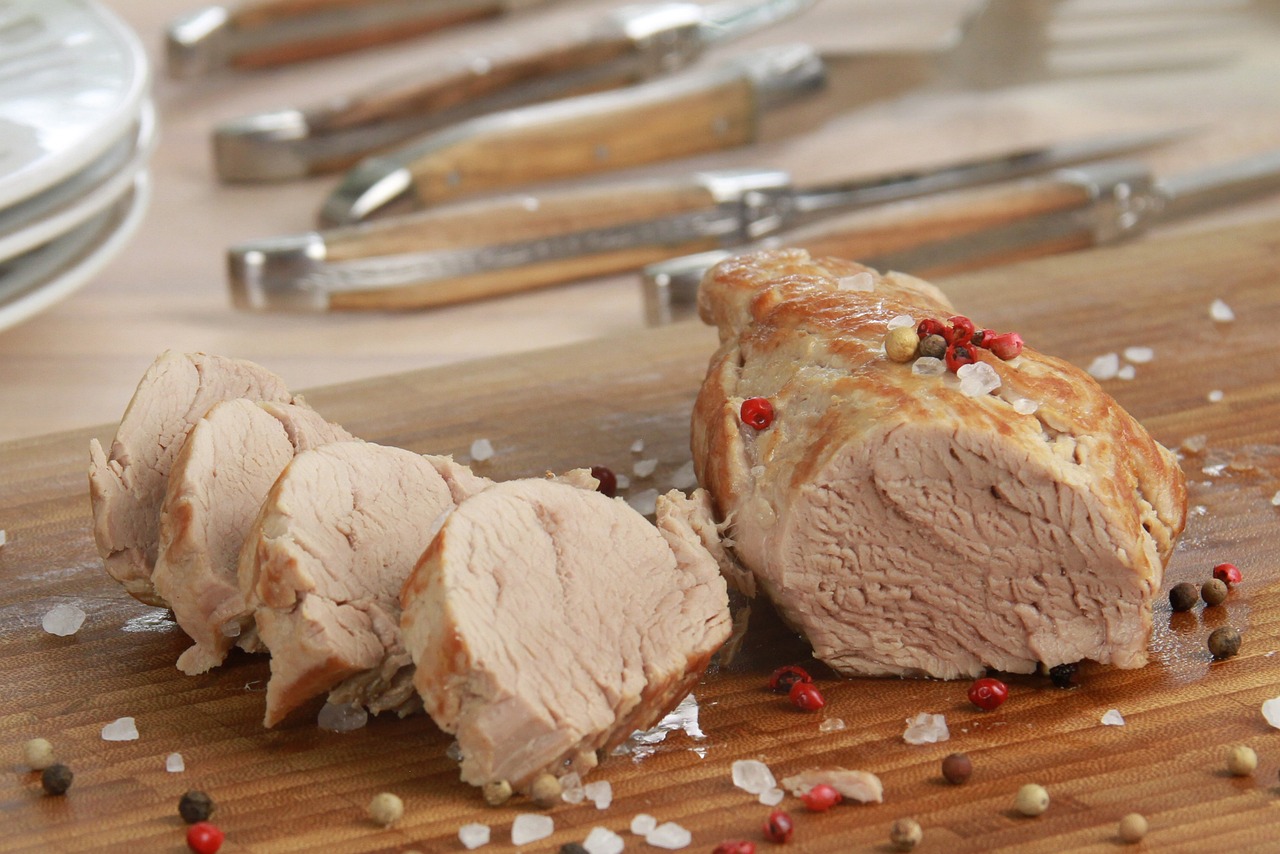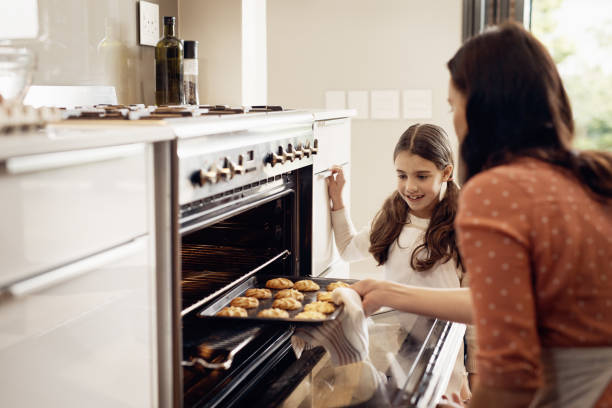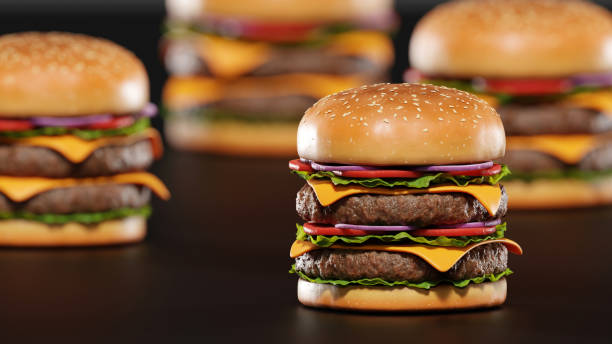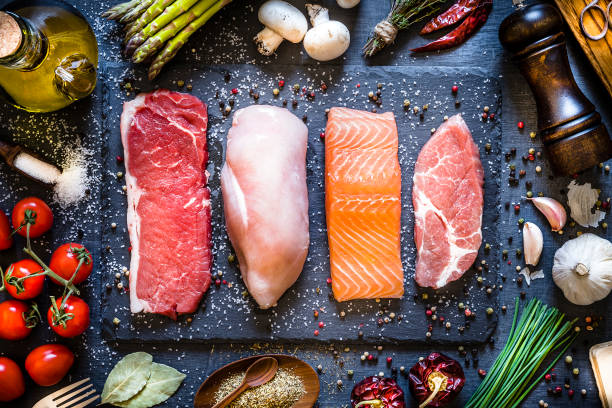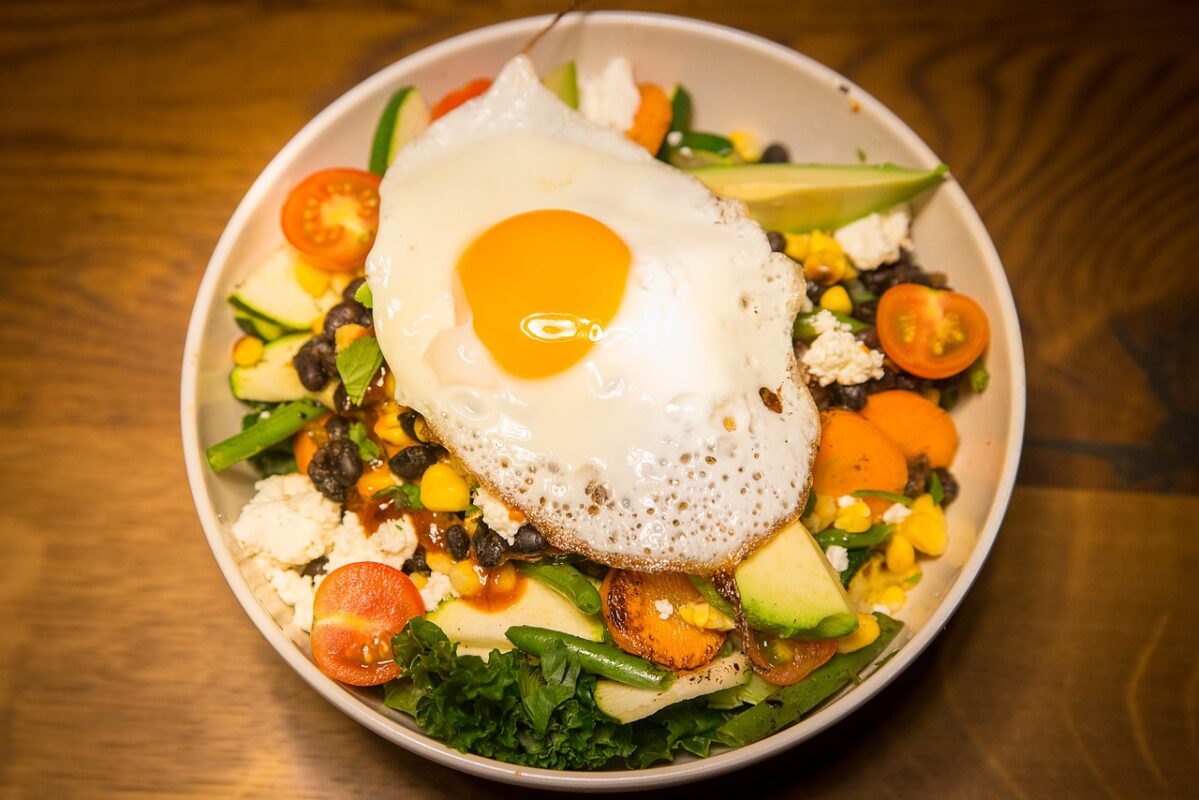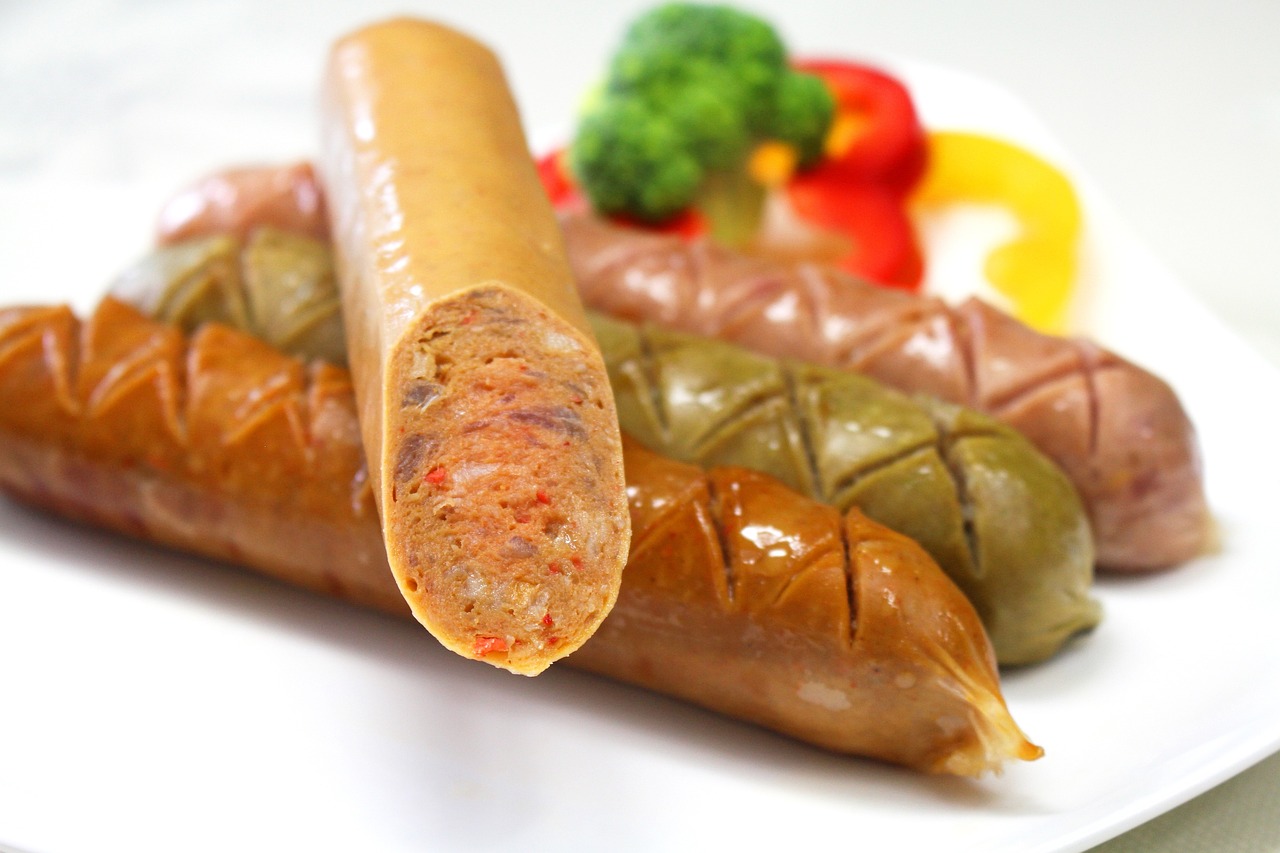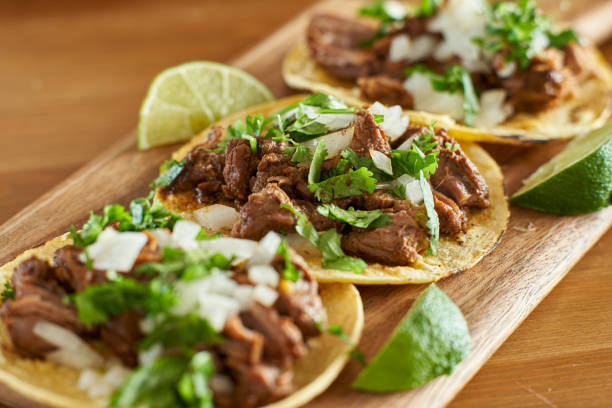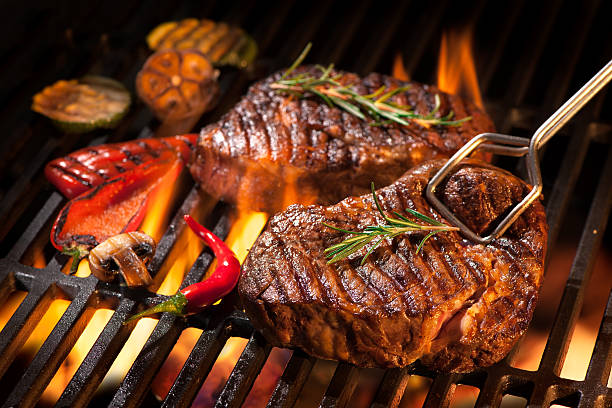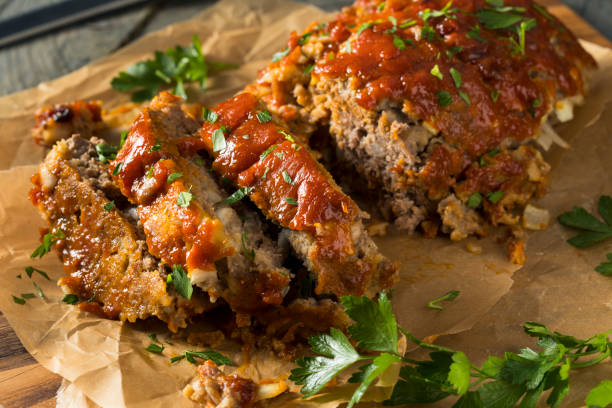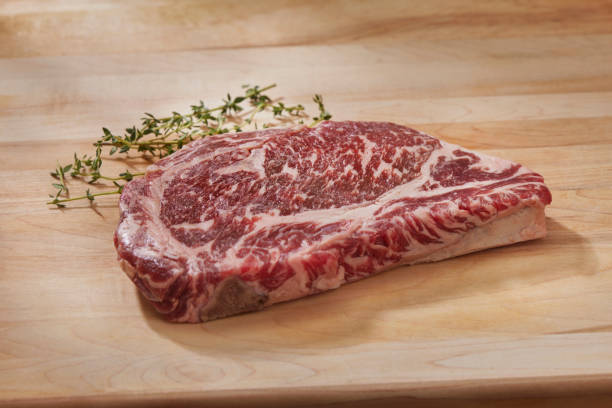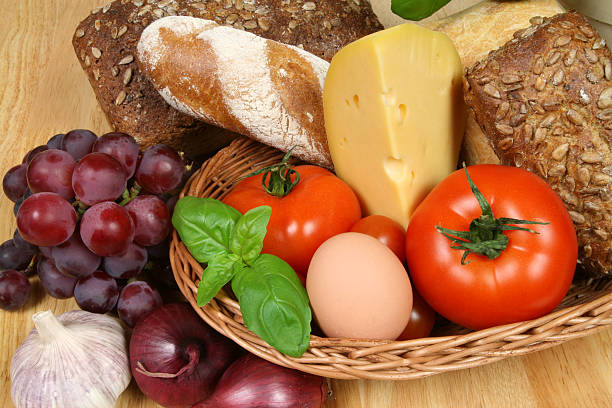When cooking rice, one of the common questions is about the conversion from dry to cooked measurements. This is crucial for accurate meal planning, especially when considering dietary restrictions or aiming for specific portion sizes. A quarter cup of dry rice may seem like a small amount, but it expands significantly when cooked. The transformation of dry rice grains into fluffy, cooked rice involves absorbing water and swelling in size during the cooking process. Understanding this conversion is not just about the math; it also involves considering the type of rice being used, as different varieties may yield slightly different amounts when cooked. In this introduction, we will explore how much cooked rice is 1/4 cup dry, considering various factors that affect the final volume. This knowledge is essential for anyone looking to master the art of cooking rice perfectly, ensuring that the right amount is prepared for any meal.
Why Accurate Rice Measurements Matter?

Why Accurate Rice Measurements Matter?
Rice absorbs water when cooked, causing the grains to expand in size. The raw dry rice before cooking is significantly smaller in volume than the plumped up cooked rice. It’s crucial to understand how the volume changes so you can accurately plan portions. No one wants to end up with a tiny side dish or a pot overflowing with rice! Following recipe guides and using conversion ratios takes the guesswork out of preparing the perfect amount of rice.
The Volume Expansion Ratio
When rice is cooked, the dry grains triple in size as they absorb water and swell. So 1 cup of uncooked rice yields about 3 cups of cooked rice. The exact ratio can vary between 2.5 to 3 times for different rice varieties. This dramatic change in volume during the cooking process is why precise measurements matter. Just a 1/4 cup difference in uncooked rice can equate to 3/4 cups plus of extra cooked rice.
Consult Rice Packaging and Conversion Charts
Many rice packages provide cooking guides and volume conversions. There are also handy rice cooking charts available online and in cookbooks. These resources give measurements for cooking different amounts of common rice varieties. Checking a standard conversion table helps ensure your rice recipe works out before you start. Though the ratios provide a useful starting point, you may need to tweak things based on your own preferences. Play around with the amount of water and cooking time to find what makes your perfect bowl of rice.
Use a Simple Ratio
For a basic rule of thumb, remember that 1 cup of uncooked rice produces about 3 cups cooked. You can calculate other amounts using the same 1:3 ratio. So if you start with 1/4 cup uncooked rice, multiply by the conversion factor of 3 to get 3/4 cup cooked rice. Let’s break it down step-by step:
- Start with the amount of dry rice needed for your recipe. In our case, we need 1/4 cup uncooked rice.
- Multiply the dry amount by 3 to account for the volume expansion when cooking.
1/4 cup x 3 = 3/4 cup - The result is the expected amount of cooked rice. So 1/4 cup dry equals around 3/4 cup cooked.
Easy as that! Keep in mind this 1:3 ratio is just an approximation. The actual result can vary based on the rice variety, cooking method, and personal preference.
Cooking 1/4 Cup of Dry Rice
Putting it into practice, let’s see what happens when cooking a 1/4 cup measurement of rice. Due to the natural expansion, this small 1/4 cup of dry grains will increase to fill about a 3/4 cup measure when finished. For a side dish for one or two people, this 1/4 cup uncooked amount makes a nice single serving portion.
The total time to cook rice can range from 15-40 minutes depending on the method. Be sure to factor in extra water and cooking time for softer textures. For firmer rice, use less water and cook until just tender. Watch the pot closely near the end to pull it off the heat at the right moment. Properly cooked rice should be fluffy and tender with each grain distinct.
Rice Varieties Have Different Ratios
The simple 1:3 ratio gives a rough estimate, but rice varieties differ in their expansion rates. Here is how some common types compare:
- White rice approximately doubles in volume. Use a 1:2 ratio.
- Brown rice triples in volume like the basic ratio. The 1:3 ratio works well here.
- Basmati rice expands the most, with a 1:4 ratio. 1 cup makes about 4 cups cooked.
- Jasmine rice increases a little less than basmati, around a 1:3.5 ratio.
These ratios are starting guidelines; the exact amounts can vary based on cooking techniques and personal taste preferences. Make adjustments as needed to get your perfect preferred rice texture. Brown and white rice benefit from cooking just until tender with a little bite left. Basmati and jasmine rice are best cooked to a softer, fluffier texture.
Impact of Cooking Methods
Besides the rice variety, the cooking method also affects volume, texture, and the final measurements. Here are some cooking method differences to keep in mind:
- Stovetop cooked rice has firmer, distinct grains. Use pots with tight-fitting lids and adjust heat between high simmer and low settings.
- Rice cooker rice is fluffy and soft. The controlled environment gives consistent results. Add a little less water than stovetop.
- Microwaved rice is quick, but can be drier with uneven textures. Add extra water and stir frequently.
- Baked rice in the oven is chewier with a toasted flavor. Use a 3:1 water ratio and bake covered at 375°F.
- Fried rice has separated, browned grains. Toss briefly over high heat with small amounts of oil to avoid mushiness.
Vary the water and cook times to accommodate each method’s characteristics. Microwaved and baked rice need extra moisture, while fried and pilaf-style rice call for less water.
The Role of Water in Cooking Rice

The Role of Water in Cooking Rice
Speaking of water, the cooking liquid is crucial for properly preparing rice. The water causes the starch in rice to gelatinize, resulting in tender grains. Rice can be cooked in plain water, stock, or coconut milk for flavor. The more water used, the softer the finished texture will become. Here are some key points:
- Absorbent white rice needs a 2:1 ratio of water to rice. Brown rice absorbs more liquid and needs a 3:1 ratio.
- Aromatic jasmine and basmati rice require even more water due to high absorption. Use a 3:1/4 to 1 ratio.
- Add a little extra water for softer rice or when cooking at high altitudes.
- Under-cooking leaves crunchy, unexpanded grains; overcooking makes rice mushy.
- For firmer rice, use a little less water and reduce cook times by 2-3 minutes.
- Let residual moisture steam finished rice with the lid on for 5-10 minutes.
Nutritional Changes from Dry to Cooked
Cooking causes the starch, protein, vitamins and minerals in rice to become more accessible and absorbable by our bodies. However, some key nutrients are decreased with cooking:
- Thiamine, folate, niacin and vitamin B6 decline by 10-30%.
- Dietary fiber drops since water soluble portions leach into the cooking liquid.
- Potassium decreases because compounds like phytic acid are destroyed when heated.
- Fat soluble vitamins like K and E are not impacted significantly.
For those tracking nutrition, be aware these nutrient losses mean cooked rice has slightly fewer calories and carbs per serving than an equivalent dry amount. About 150 calories in 1/4 cup dry rice becomes 130-140 calories when cooked.
Troubleshooting Common Rice Cooking Problems
Understanding proper rice to water ratios and cook times helps avoid issues. But sometimes rice can still turn out underdone, mushy, dry or burnt. Here are some common problems and fixes:
- For dry, crunchy rice – Add more water and cook longer to fully hydrate and soften the grains.
- With sticky, gummy rice – Use less water next time and avoid stirring too much during cooking.
- For burnt or scorched rice – Heat too high can cause this. Lower temperature and watch closely.
- With mushy overcooked rice – Reduce water ratio slightly and cook for shorter times.
- If rice won’t expand and split – Older rice may not absorb water well. Try fresher grains.
Storing and Reusing Leftover Rice
Cooked rice can be stored in the fridge 3-6 days. Reheating leftovers in the microwave with a damp paper towel allows steaming to restore moisture. Creative ways to repurpose excess rice include:
- Rice salads with veggies, chicken, tuna etc. Vinaigrette dresses it up.
- Stuffed peppers, tomatoes or zucchini boats filled with rice and cheese.
- Rice pudding and breakfast bowls topped with fruit and nuts.
- Pan fried rice dishes with egg, soy sauce and crispy veggies.
- Rice ball snacks – rolled with fillings like salmon or tuna salad.
Rice Cooking Tips for Sustainability
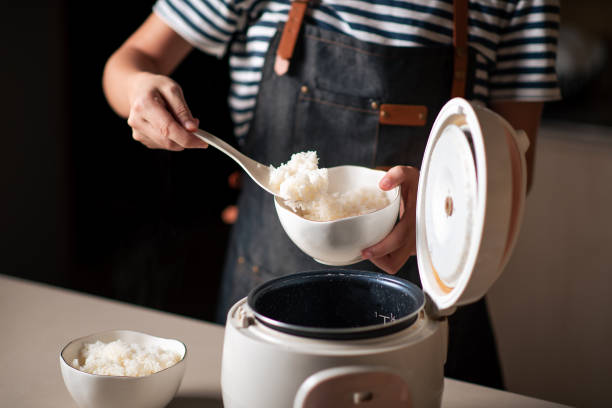
Rice Cooking Tips for Sustainability
Rice production represents a large share of global methane emissions due to fertilizers and flooded paddies. Ways to reduce your rice cooking carbon footprint include:
- Cook only amounts needed to avoid excess waste.
- Incorporate rice leftovers into new dishes.
- Look for sustainably grown rice options when shopping.
- Consider alternative grains like quinoa, barley or farro in rotation.
- Cook rice in a pot with a well-fitting lid and turn off heat early to conserve energy.
Budget-Friendly Rice Cooking
Rice is economical and just pennies per serving. Buying in bulk further reduces costs. Here are some money-saving suggestions:
- Choose affordable plain rice in big bags, then jazz it up with herbs, spices, etc.
- Make a big pot on the weekend and use extras all week.
- Substitute half the rice with riced cauliflower for added nutrition.
- Cook rice in chicken broth for flavor instead of oil or butter.
- Save cooking liquid for gravies or dressings. Reduces waste.
Conclusion: How Much Cooked Rice Is 1/4 Cup Dry
Knowing how rice measurements transform from dry to cooked is crucial for recipes to work out properly. While the standard 1:3 ratio provides a useful benchmark, take into account your specific rice variety, cooking method, and water ratio. With the right techniques, 1/4 cup of uncooked rice will yield about 3/4 cups of fluffy deliciousness ready to be enjoyed in your favorite rice dishes.


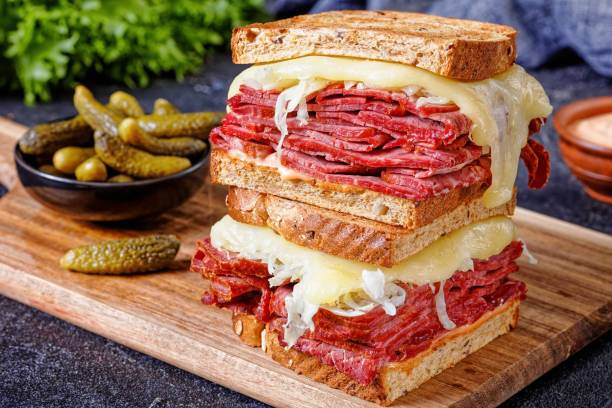
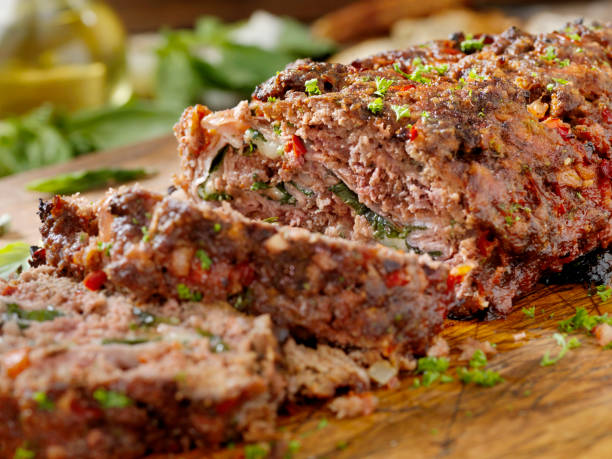
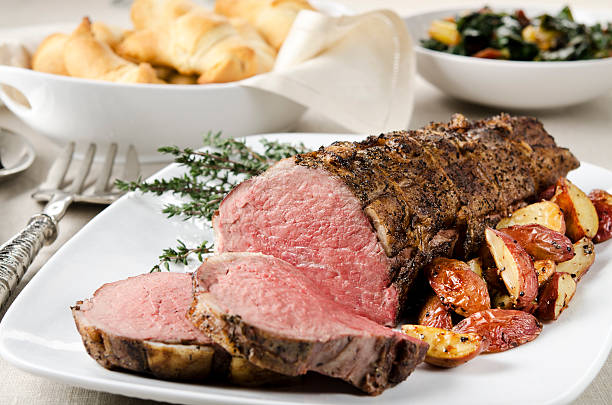
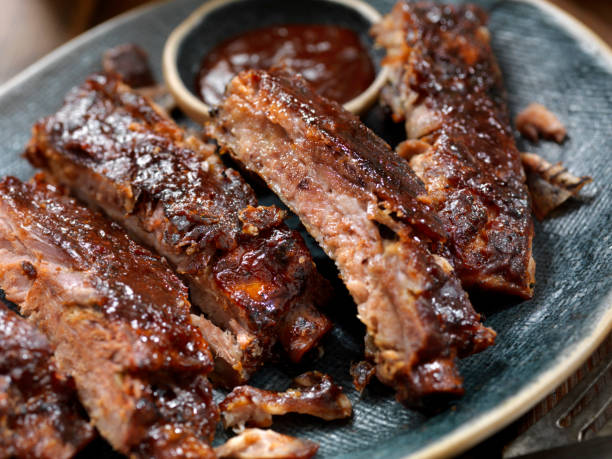
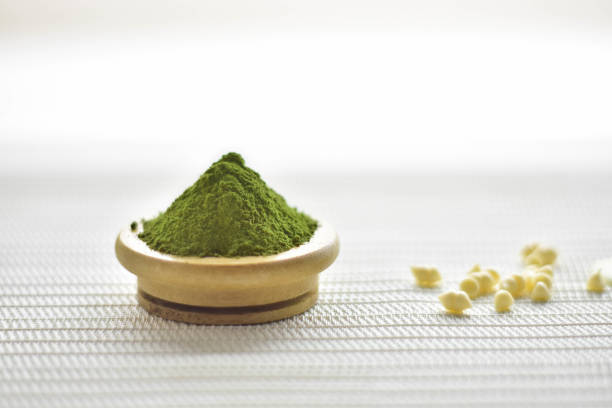
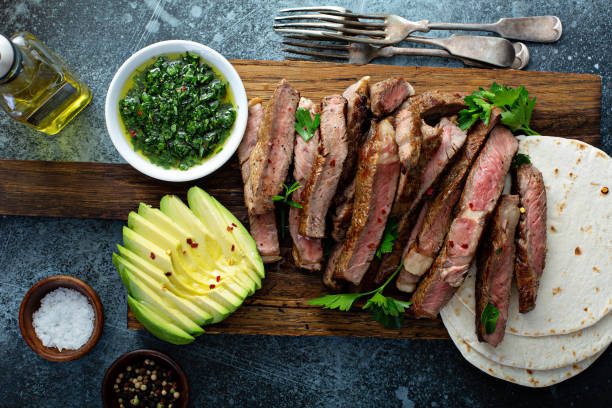
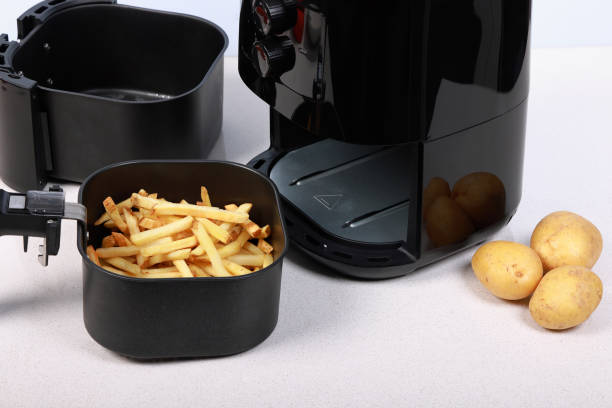
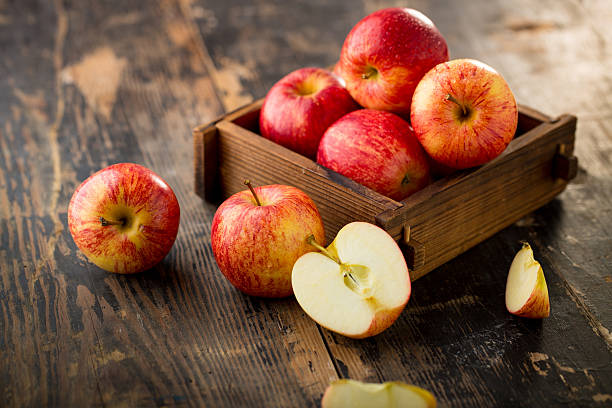
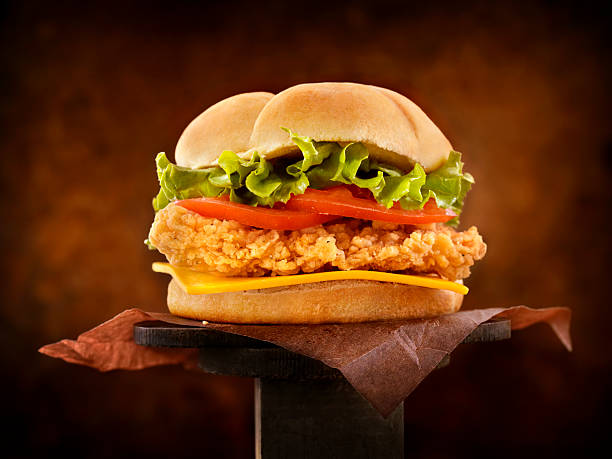
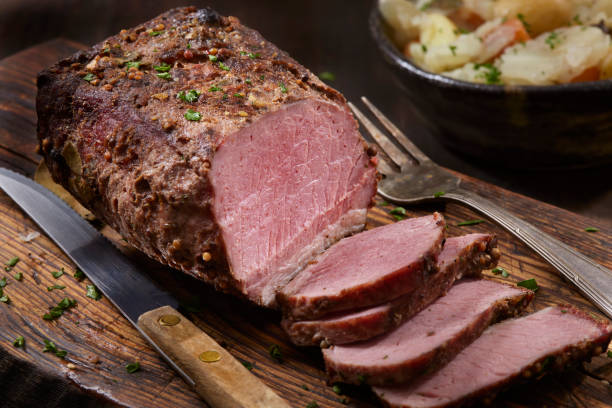
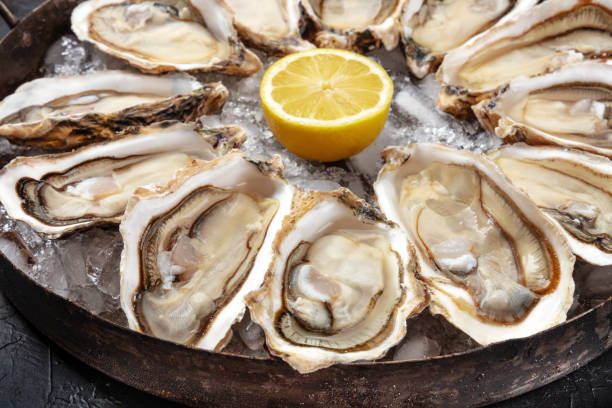
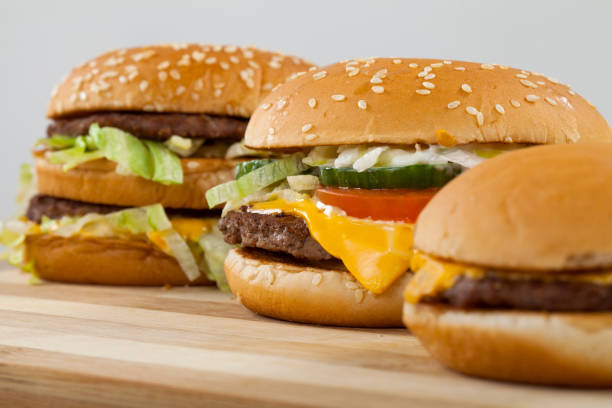
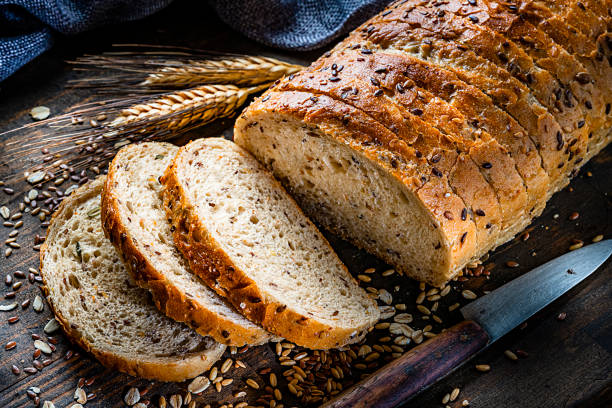

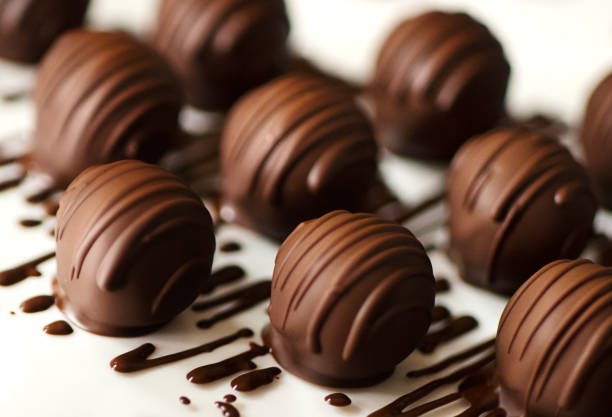
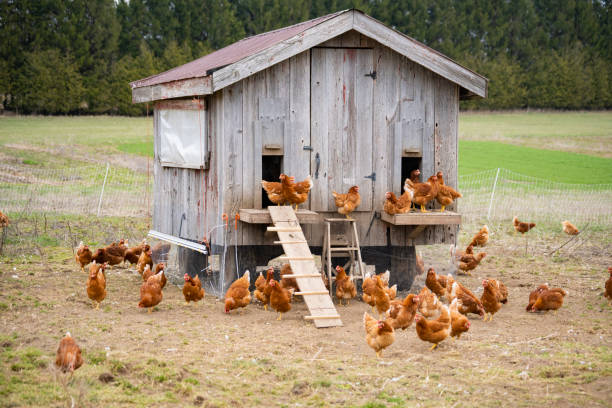
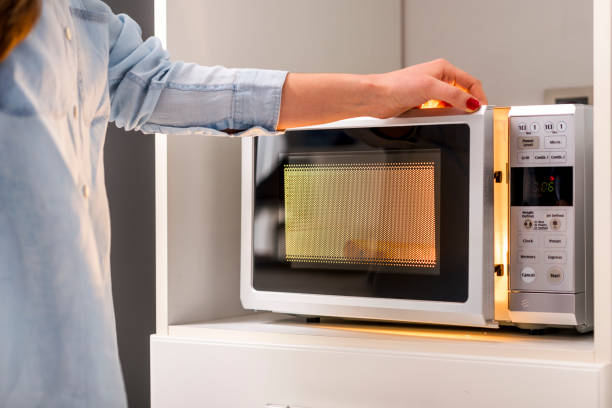
![America’s Best Wings Menu With Prices | Guides [Update 2023] America’s Best Wings Menu With Prices | Guides [Update 2023]](https://thesuntrapp.com/wp-content/uploads/2023/11/Screenshot-2023-11-16-020808.png)
